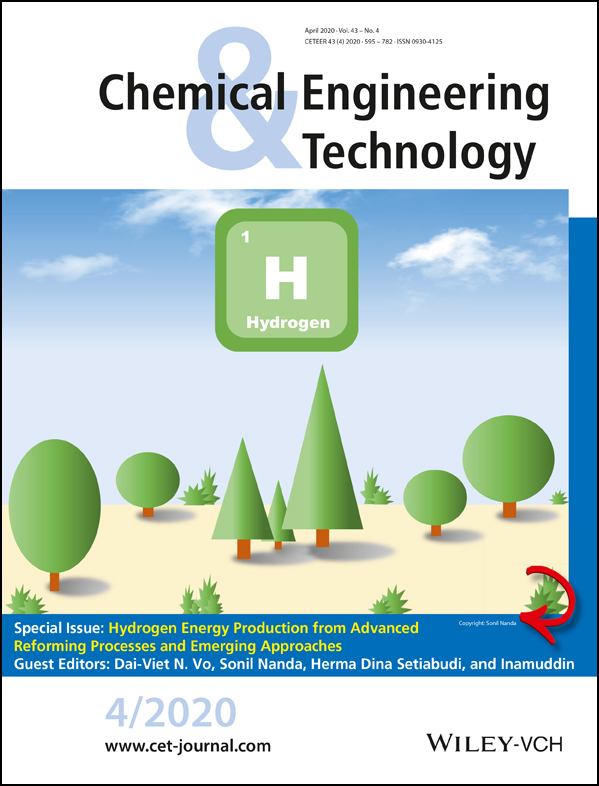Hydrogen Energy Production from Advanced Reforming Processes and Emerging Approaches
Abstract
No abstract.
The exploration of alternative and green energy sources for the efficient replacement of depleting and nonrenewable fossil fuels is currently one of the global challenges. Amongst the renewable energy sources, hydrogen has lately been conceded as an alluring, sustainable, and environmentally friendly energy carrier and vector to feasibly substitute petroleum-based resources. Hydrogen has received significant attention from the academics and industries as it offers an excellent energy capacity in comparison with other renewable energy supplies, and its zero-emission combustion only yields water as a by-product. In addition, it can be effectively implemented as an efficient energy carrier in fuel cells and eco-friendly hydrogen-powered vehicles. Apart from being green and providing standalone energy, hydrogen is widely used as an intermediate building block for the industrial production of synthetic fuels, alcohols, fertilizers, and other crucial chemicals, e.g., dimethyl ether (DME) and methyl tert-butyl ether (MTBE) in petrochemical processes.
Currently, the industrial hydrogen generation processes are partial oxidation, steam reforming, and autothermal reforming of methane. These conventional methods are, however, significantly energy-intensiv and unsustainable by yielding excessive CO2 and other greenhouse gas emissions inducing global warming and climate change. Catalytic deactivation owing to metal sintering and carbon deposition is another major drawback in these present reforming processes.
Considering the many important roles of hydrogen energy in the current world and the associated challenges in its production techniques, this Special Issue of Chemical Engineering & Technology aims to address such topics. It emphasizes the current progress in hydrogen production through thermochemical, photochemical, and biological approaches for various types of feedstock (including biomass and wastes). The Special Issue consists of sixteen invited papers including eight comprehensive review articles from expert scholars. Several original research articles highlight the fabrication and characterization of nanocatalysts as well as their applications in thermochemical techniques (e.g., biomass gasification, ammonia decomposition, methane dry reforming, and fusel oil steam reforming) and photocatalytic water splitting. Computer-aided approaches, such as response surface optimization and computational fluid dynamics modeling, are also underlined for the investigation of natural gas reforming. Comprehensive and critical reviews of recent advances in nanocatalysts synthesis, kinetics, reaction mechanisms, challenges, and future directions of various reforming methods, i.e., steam reforming, dry reforming, and partial oxidation, are discussed. Apart from the systematic review of biomass steam gasification covering modeling, simulation, heat integration, and techno-economic analysis, biohydrogen production through dark fermentation of organic wastes is also thoroughly reviewed.
Lastly, the guest editors greatly acknowledge the outstanding contribution from all the authors to this thematic collection. We also appreciate the valuable feedback received from the reviewers, which helped to improve the quality of manuscripts. We are grateful for the guidance and support from the Editor-in-Chief Dr. Barbara Böck and her editorial staff, which contributed to the successful completion of this Special Issue. This thematic collection was an attempt to progress the hydrogen economy for a cleaner environment.
Dr. Dai-Viet N. Vo, Nguyen Tat Thanh University, Vietnam
Dr. Sonil Nanda, University of Saskatchewan, Canada
Dr. Herma Dina Setiabudi, Universiti Malaysia Pahang, Malaysia
Dr. Inamuddin, King Abdulaziz University, Saudi Arabia








